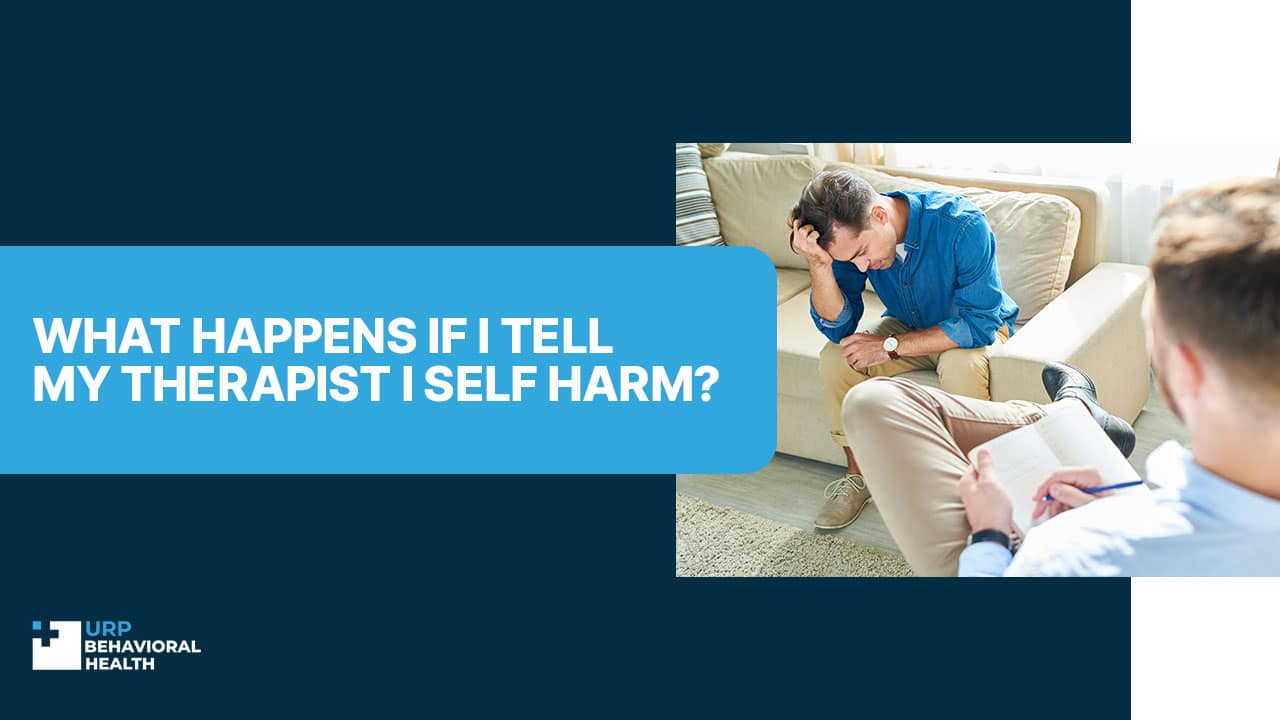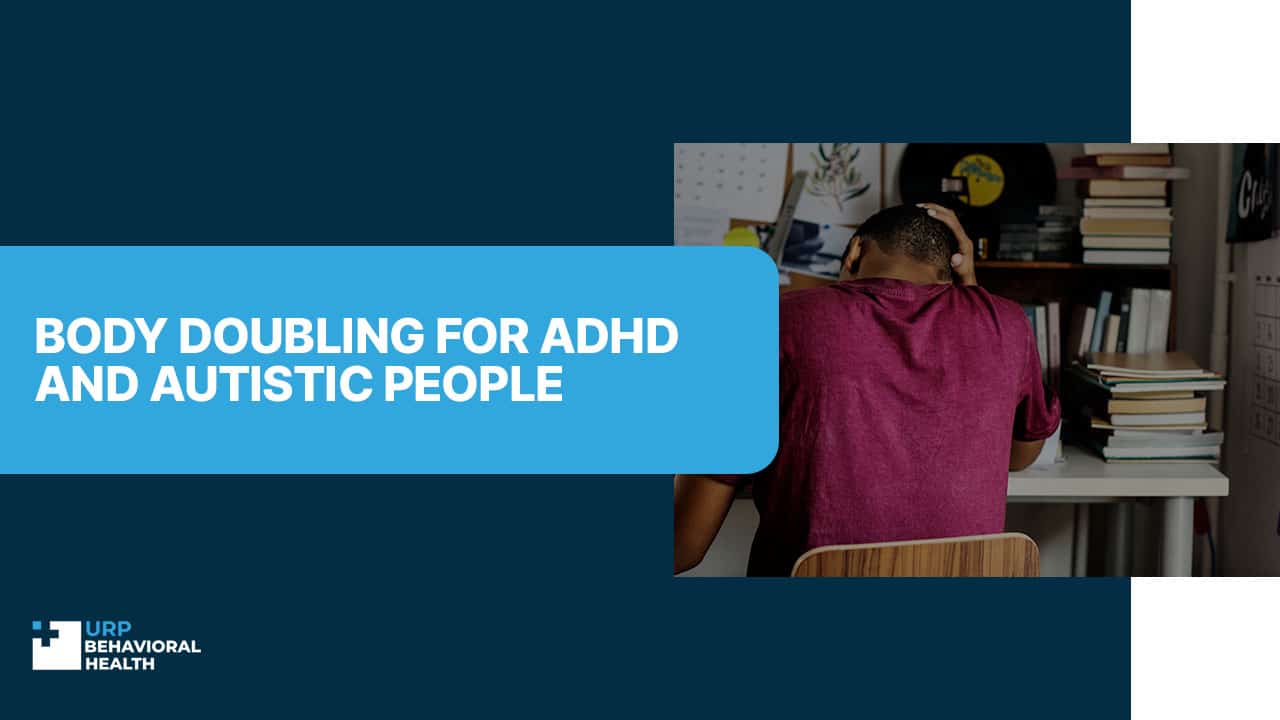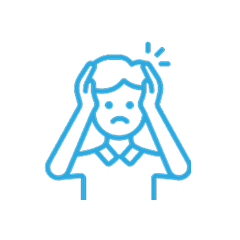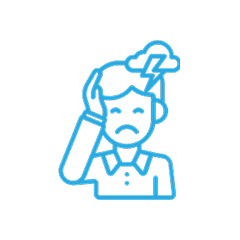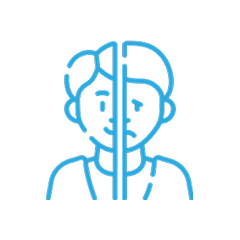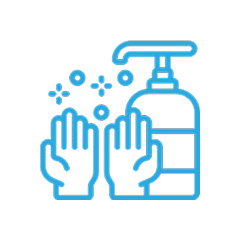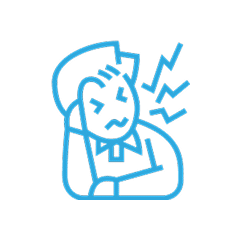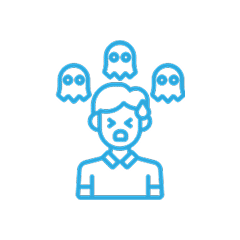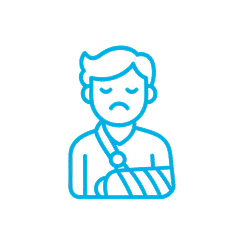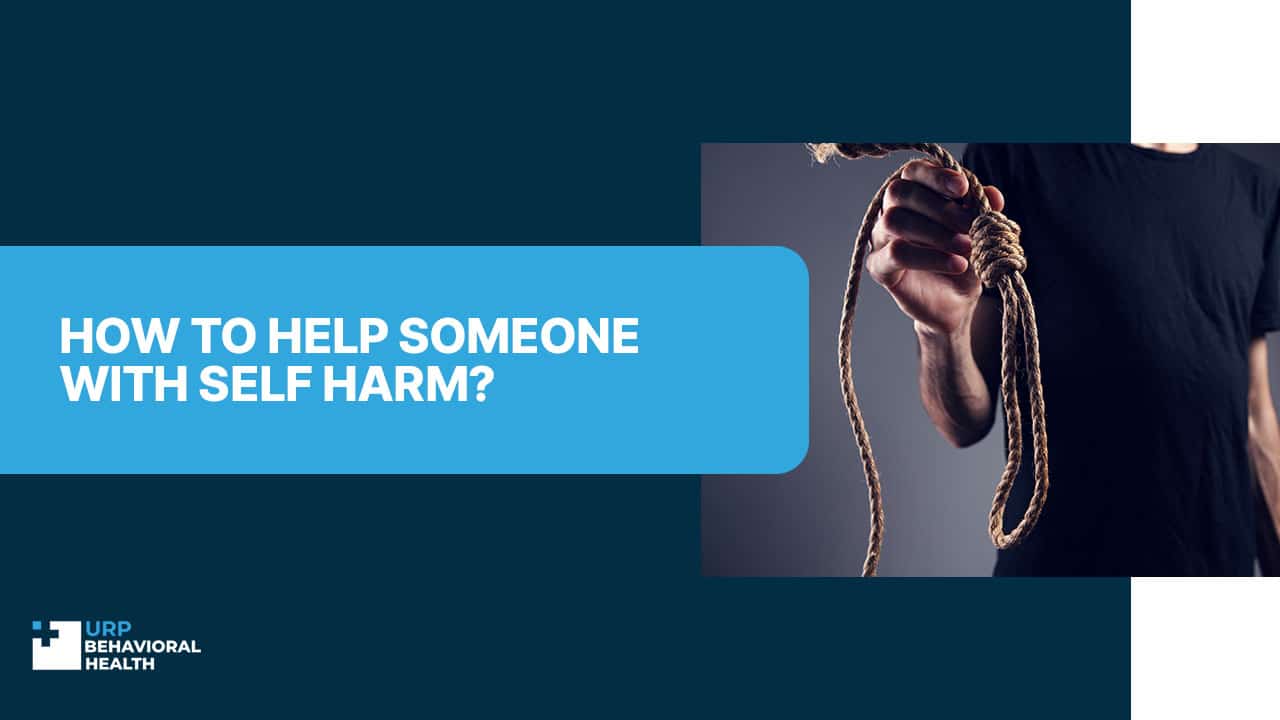
How To Help Someone With Self Harm?
Self-harm or so-called Non-Suicidal Self-Injury is not a rare situation. Do you know that up to 10% of young people experienced self-injury at least once[1]? The causes for self-harm are diverse, they relate to multiple aspects as follows:
- Physical reasons;
- Low self-esteem;
- Social-related problems;
- Psychological reasons;
- Mental health issues.
Yet the result is still the one. A person who practices self-harm is endangered. Although self-harm is not a suicidal behavior, the study proved that 40-60% of suicides are committed by people who previously had self-harming experiences [2].
That’s why if you notice your close people doing self-harm or you have any suspicions about such abnormal behavioral patterns, the first to-do thing is to provide them with help for self harm. In this article, we’ll focus on how to detect self-mutilative behavior, how to understand why people do harm to themselves, and how to help them.
Why Do People Self-Harm? – Understanding the Nature of Self-Mutilative Behavior
First, what is self-harm? The main description of such a behavioral pattern is bringing physical harm to the body. This is a situation when a person injures themselves, burns, scratches, pulls out hair, or does any other harm to the body, typically to the skin, tissues, body parts, and more rarely to other organs.
Contact our admissions team now to begin your path toward a brighter future.
Why do people experience NSSI? The main reasons are as follows:
- Self-harm is a coping mechanism to fight severe emotional distress or emotional traumas.
- Sometimes, people practice self-harm to feel they are controlling themselves.
- In some cases, self-harm is an analog to grounding practices which is more painful but helps to cope with dissociation.
- For many people, self-harm is the main punishment method to punish themselves for some faults or bad behavior.
- Some may use self-injury to respond to intrusive thoughts.
- At last, self-harm is the cry for help in the case when a person has social or emotional problems and cannot bear them.
As for the causes of self-harm, they are quite diverse and refer to both mental health impairments and social problems. Frequently people tend to harm themselves in the following situations:
- Suffering severe emotional stress due to bullying, grief, pressure at work or in family relationships, physical or sexual abuse cases, or any traumatic experiences.
- Struggling with depression, anxiety or stress.
- Living with severe mental disorders or conditions like schizophrenia, bipolar disorder, ADHD, or autism.
At the same time, self-harming behavior is often repeated and goes by a certain cycle;
- Experiencing emotional suffering.
- Getting to the peak of emotional overload.
- Falling into panic.
- Harming themselves to feel control or punish themselves.
- Getting temporary relief.
- Shaming themselves for self-destructive behavior.
- Returning to emotional suffering.
This cycle leads to the effect of a snowball when self-harm occurs again and again in more severe and intensive ways.
Don’t wait - confidential help is available right now for you or your loved one.
Signs of Self-Harm to Detect in Your Loved Ones
How can you understand if someone is practicing NSSI?
- Unexplained scars, scratches, bruises, or burns on the skin, often on wrists, forearms, legs, or on the belly.
- Cyclothymic patterns of painful behavior when a person subconsciously pulls out hair, scratches the skin with fingernails, beats or bites themselves.
- Expressing the wish to punish themselves or saying they are worth punishing them.
- Changed eating habits or being secretive about eating.
- They Constantly blame themselves for any problems.
- Wearing long-sleeve clothing and covering the body fully even in hot weather.
- Depressive behavior.
All of them are shouting that a person needs urgent help to save their life.
What to Do If Someone Is Self-Harming?
So, you noticed the signs of self-harm in your loved one. How to help with self harm then?
- The first and foremost thing is not to turn away from the person. You need to be patient and show your commitment and concern about the person doing self-harm.
- Do not fall into common myths about self-harm. It is not ‘attention-whoring’, it is not a suicidal behavior, and although it brings temporary relief, self-harm doesn’t bring pleasure to a person doing it.
- Try to talk to your loved one. Often, being sincere and open for a talk helps your friend or family member to get out of the self-harming cycle.
After you set the emotional contact and ensure you are on the self-harmer’s side, you can try to provide more help to them.
The Main Ways to Help With Self-Harm
The main algorithm to help someone with self-harm is as follows:
- Ensure their physical traumas are not health-threatening.
- Ask a person to contact their GP to get professional help. Typically, after a GP examines the health and decides on the type of help, your loved one may get a referral to start the therapy.
- Along with primary health care, you can offer a person with self-harm to contact self-harm help line. It is anonymous, and it often helps a person to start their way to recovery.
- At last, after all these measures are completed, it is time to apply for professional help at a specialized mental health treatment center. Here a self-harming person can get rehab services according to an individual plan which considers both the ways of self-mutilation and the causes to mitigate them all.
Typically, the treatment includes psychotherapy, CBT methods, mindfulness practices, and family therapy to help a person cope with harmful behavioral faster. Sometimes, medication management may be applied too. In URP Behavioral Health, we offer support and therapy plans for both people who practice self-harm and their families. Do not stay alone as your remedy is at your fingertips.
Our team will verify your insurance and design a plan tailored to your needs.
Resources:
- The truth about self-harm
https://www.mentalhealth.org.uk/explore-mental-health/publications/truth-about-self-harm - Suicide following deliberate self-harm: long-term follow-up of patients who presented to a general hospital
https://www.cambridge.org/core/journals/the-british-journal-of-psychiatry/article/suicide-following-deliberate-selfharm-longterm-followup-of-patients-who-presented-to-a-general-hospital/2A40FE4860E86668306A98F07F21D6FC

